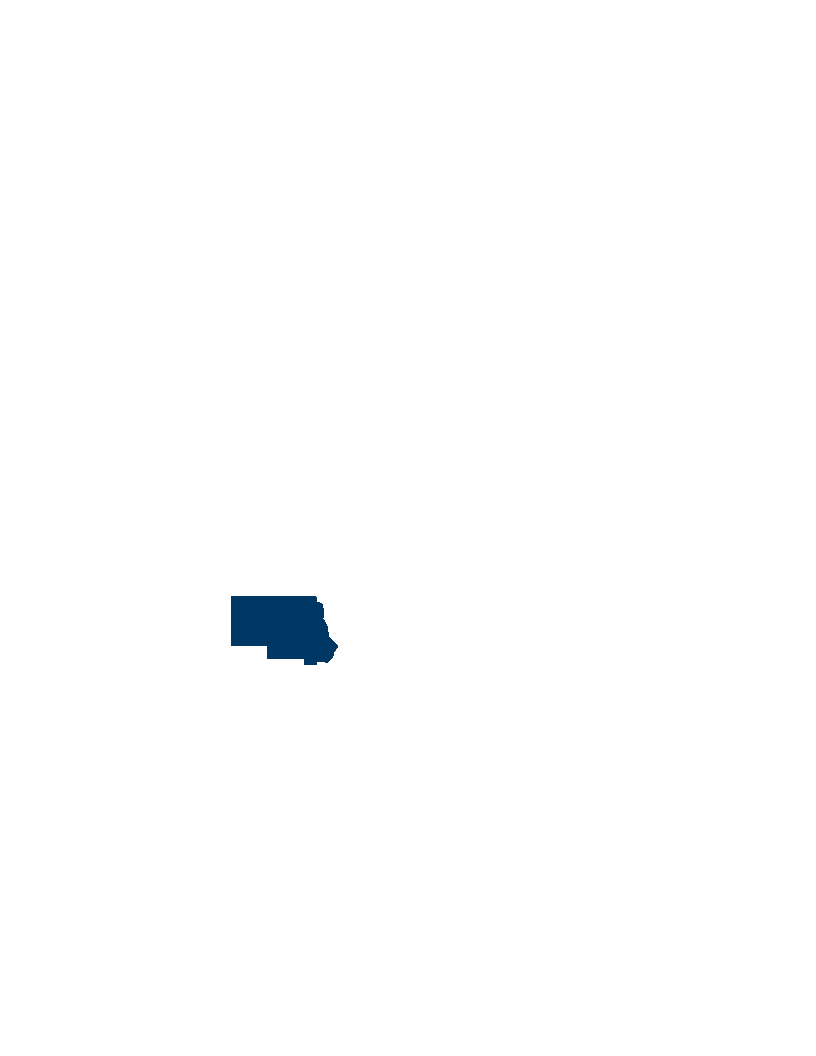MN Prairie Recovery Project - Phase VIII
Phase 7 built upon the success of the MN Prairie Recovery Project Phases 1-6 by continuing and expanding enhancement and protection work in 4 focal areas. Project partners, primarily through our participation in Prairie Plan Local Technical teams, helped us to prioritize and refine guidelines for protection, enhancement and restoration activities within priority landscapes. The Prairie Recovery Program utilizes a collaborative model for conservation and we regularly consult and work with a variety of entities including state and federal agencies, other conservation nonprofits, agricultural producer groups and local governments. 284 acres of existing and restorable grassland were permanently protected within prairie core and corridor areas as defined in the MN Prairie Conservation Plan. Lands are held by The Nature Conservancy, subject to a recorded notice of funding restrictions pursuant to LSOHC requirements. All lands acquired in fee are FULLY open to hunting and fishing per state of Minnesota regulations. Basic developments have been, and will continue to be, implemented (boundary signage, habitat improvement, wetland restoration). Protection efforts were coordinated with other partner protection programs (e.g., DNR Wildlife Management Area and Prairie Bank programs), via interactions through Local Technical Teams. An internal fund has been established by The Nature Conservancy to cover ongoing land-management costs and property tax obligations. Income generated by agricultural leases (grazing, haying, and/or cropping) are held in this account and help offset property taxes. 102 acres of cropland were restored to diverse, local-ecotype grassland or grassland/wetland complex. Extensive effort was made to collect seed from local sources that cover the full season (early spring through late fall) needs of native pollinators. Seed sourcing included both mechanical and hand collection. 10,045 acres of grassland complex were enhanced on public lands and those purchased with OHF funds and held by the Conservancy (protected conservation lands) to increase native species diversity and improve critical wildlife habitat. Management techniques included prescribed fire (36 projects impacting 7,189 acres), removal of woody vegetation (25 projects for 893 acres), control of invasive species (33 projects - 1,905 acres), and inter-seeding of degraded grasslands (5 projects - 58 acres). Much of this work was accomplished by private vendors through contracts. We also extensively used Conservation Corps of Minnesota (CCM) crews and seasonal staff employed directly by TNC. On-the-ground Conservancy staff provided by this grant were co-located in DNR or US Fish and Wildlife Service offices and helped form and lead local coordination and implementation teams; identified protection, restoration and enhancement needs and opportunities within the focus areas; worked with DNR and USFWS staff to delineate conservation projects on public lands; coordinated deployment of contract and staff resources to protected conservation lands; contacted and worked with private landowners to coordinate agricultural activities/leases on appropriate protected conservation lands (e.g., haying, grazing, cropping in advance of restoration); educated lessees on appropriate conservation
$2,001,000 the second year is to the commissioner of natural resources for an agreement with The Nature Conservancy to acquire lands in fee and to restore and enhance native prairies, grasslands, wetlands, and savannas. Subject to evaluation criteria in Minnesota Rules, part 6136.0900, priority must be given to acquiring lands that are eligible for the native prairie bank under Minnesota Statutes, section 84.96, or lands adjacent to protected native prairie. Annual income statements and balance sheets for income and expenses from land acquired with this appropriation must be submitted to the Lessard-Sams Outdoor Heritage Council no later than 180 days after The Nature Conservancy?s fiscal year closes. A list of proposed land acquisitions must be provided as part of the required accomplishment plan, and the acquisitions must be consistent with the priorities identified in Minnesota Prairie Conservation Plan.
Temperate grasslands are the most endangered and least protected habitat type on earth, and Minnesota's prairies are no exception. Activities identified in this project directly reflect implementation strategies identified in the MN Prairie Conservation Plan. Properties targeted for acquisition were identified and prioritized using MN County Biological Survey Rare Element Occurrences and Biodiversity Significance. The geographies we worked within, in addition to being Prairie Plan Core areas, reflect areas with the highest density and highest quality remaining prairie systems left in the state. By focusing our work in these particular landscapes we increased the functionality of the overall prairie/grassland systems, including increased water retention, improved breeding and nesting habitat and augmented migratory corridors. While our work focused on increasing and maintaining system functionality a number of individual species and suites of SPGCN directly benefited from this project including:
Insects - habitat management and protection specifically for the federally-threatened Dakota skipper butterfly, potential restoration of habitat for the endangered Poweshiek skipperling and the declining regal fritillary butterflies
Mammals - American badger (an indicator species requiring intact blocks of quality habitat), elk (for herd management in NW MN)
Reptiles - hognose snake (primarily in western MN counties of Lac qui Parle, Big Stone and Yellow Medicine), 5-lined skink (rock outcroppings in the upper MN River Valley)
Birds - Grassland dependent birds have experienced precipitous population decline across Minnesota and the northern Great Plains, largely due to habitat loss on the breeding grounds. This project will provide permanently protected and enhanced habitat for a suite of grassland and wetland nesting birds, most notably the Meadowlark, Bobolink, Dickcissel, Grasshopper sparrow, Henslow's sparrow, Upland sandpiper, Black tern, Northern pintail, Greater Prairie-chicken, Sharp-tail grouse, and many others.
TNC












